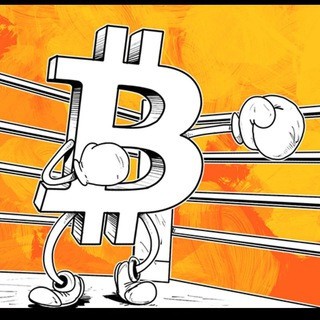Back
Markets
Aug 4, 2023
Stocks, Rates and Inflation: Assessing Risks and Opportunities Ahead

Bitcoin Macro

What do the movements of the Fed, from rate hikes to drops, mean for the economy, and for our investments?
Over the last year there have been increasing concerns about threats to the hashtag#US and hashtag#global economies, mainly due to all the hashtag#rate hikes from the hashtag#Fed and other hashtag#central hashtag#banks. However, these fears have definitely not played out, as consumer spending and business hiring have shown surprising durability in the US, despite rate hikes and hashtag#inflation.
Several factors explain the stock rebound since mid-2022:
- Bearish positioning left room for a short squeeze as negative expectations didn’t play out at all. Attention has returned to quality large-cap technology firms leading in AI development like Google and Microsoft, as their innovations promise productivity gains that support growth.
- Other factors include passive investing inflows, corporate buybacks, past fiscal stimulus and excess savings, the Fed and Treasury generating shadow liquidity, China and Japan keeping rates low and stimulating, the massive deficits of the US government (investors know the US is essentially ‘broke’).
- Inflation coming down is also boosting stocks, as stocks are mainly valued based on inflation, not interest rates.
- The Fed might have finished its rate-hiking cycle, or might have one last hike left. Current rate expectations are indicating that rate cuts will come by early 2024.
While earnings seem to be plateauing from peak levels, profitability remains healthy overall. GDP growth remains positive and revised higher, the US economy keeps adding jobs and the unemployment rate remains at record lows.
Global challenges persist, as supply chain disruptions and inflationary pressures from the Ukraine war might come back at any time, despite having significantly subsided. Demographic trends of aging populations in developed countries also drag on labor force expansion and economic growth. High debt loads worldwide likewise limit stimulus options without leading to inflation or instability.
While inflation has moderated, it remains elevated and sensitive to many factors, from geopolitical instability to climate change. More concerning, inflation has eased without a clear link to the Fed’s policy tightening. It’s very unlikely that the Fed hikes were the ones that pushed inflation from 9.1% down to 3%, as rate hikes act with long and variable lags. This is raising doubts about the Fed, its forecasting and its monetary policy’s effectiveness in controlling inflation over the long-term, especially as their current super-tight interest rate policy could lead to catastrophic deflation and recession.
Given rising recession risks, the Fed will likely be forced to reverse course and start cutting rates by the end of 2024. This policy whiplash carries risks of its own, as we currently seem to be heading toward a deflationary shock, which might be followed by another inflationary wave. With massive deficits, the Fed also faces constraints from high interest costs on debt even as its policies try restraining growth and inflation. The economy isn't a simple dial the Fed can turn on and off. What’s even more concerning is that the Fed is essentially trying to suppress wage gains and cause unemployment in order to curb inflation, which is something that could induce an inequality-worsening spiral.
In our opinion, a more balanced approach recognizes that moderate wage growth won’t spur runaway inflation, especially as technology evolves work. Policy should prepare workers for automation and AI through training programs, not just reactively respond to lagging data as it currently doing. The Fed’s constraints highlight the need for creative solutions to complement monetary policy. The economy is a multifaceted system requiring diverse policy responses.
With vision and flexibility, emerging technologies like AI have immense potential to broadly uplift living standards. But this requires inclusive policies and acknowledging the economy's dynamism. The future likely holds turbulence, but with strategic foresight productivity gains can be harnessed for the benefit of all.
Despite concerns over rising rates, the fundamental backdrop remains favorable for stocks. Many investors have grown excessively bearish and underestimate the market's upside potential. Sentiment and positioning remain bearish and cautious, with most investors totally underestimating all the positive headwinds for stocks, especially productivity gains from AI, falling inflation, falling rates and currency debasement.
Crucially, the rally since mid-2022 has not been fueled by leverage, unlike past bubbles. Margin debt levels decreased last year, reducing systemic risk. The market has a strong foundation to build on gains, especially as most unprofitable tech has been clobbered and hasn’t recovered—unlike US tech behemoths. Big tech and AI stocks are leading the way higher, forming a new monopoly built on network effects and immense scale. Their nearly unassailable competitive advantages will drive growth for years to come.
Although short-term sentiment has turned bullish—hence a 10% correction is possible—we don’t think that a new bear market is in the cards until stocks make new all-time highs.
While risks remain, the US economy has proven resilient amid rate hikes and inflation. Productivity gains from AI innovations, coupled with prudent and flexible policymaking, can support continued growth and market gains if properly harnessed. Investors should look through short-term volatility and maintain a constructive long-term outlook.
Bitcoin Macro
Share this post









